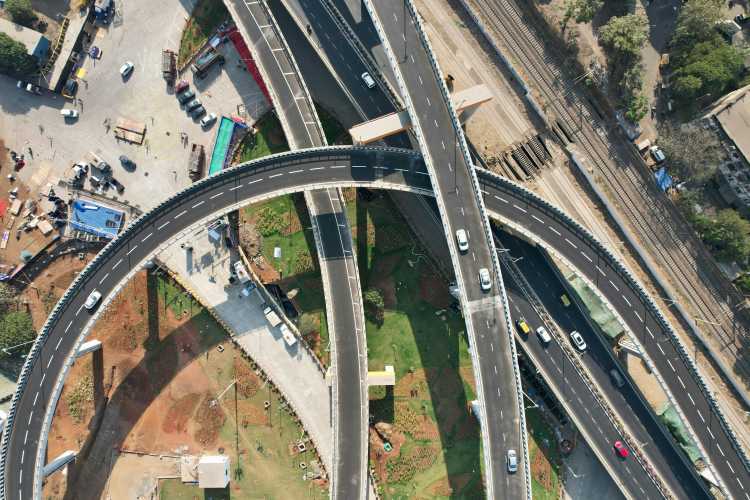
The public sector banks are tapping into the infrastructure bond market to raise funds for the cash-strapped sector. With rising loan demand and sluggish bank deposit growth, public sector units are exploring alternative fundraising avenues. Infrastructure bonds have become particularly attractive for these banks, as the funds raised are exempt from regulatory reserve requirements such as the statutory liquidity ratio and cash reserve ratio. Major banks like Canara Bank, Bank of India, and State Bank of India are all issuing these bonds. A key advantage of infrastructure bonds is that banks can lend out the entire amount, thus boosting their lending capacity.
These bonds are also drawing investors with their attractive interest rates. The dual benefits of high returns and full lending potential have made infrastructure bonds a hot commodity, with private players like ICICI Bank also joining the fray.
READ | India to boost critical minerals mining for clean energy security
What are infrastructure bonds?
Infrastructure bonds are financial instruments used to fund the development of a country’s infrastructure. They are issued by governments or private companies to finance critical projects such as roads, bridges, airports, power plants, and communication networks.
There are two main types of infrastructure bonds: government-issued and corporate. Government bonds are seen as safer investments due to the government’s creditworthiness. Corporate bonds, on the other hand, offer higher potential returns but come with slightly higher risk. Government bonds typically have higher credit ratings than corporate bonds.
Since infrastructure projects are expensive and require significant upfront capital, bonds serve the interests of both the government, which often lacks the resources to fully fund these projects, and investors. Infrastructure projects are long-term endeavours, often spanning decades. Bonds, with maturities typically ranging from seven to 15 years or more, align well with this long-term financing requirement. They allow investors to spread their investment over the project’s lifespan and receive returns throughout.
Challenges to infrastructure funding
Building infrastructure is crucial for any economy, and India is no exception. While bonds are emerging as effective financing options, the government still faces significant challenges in raising funds for such projects. Despite India’s aspirations to become an economic powerhouse, its ambitions are constantly hindered by a critical roadblock: a vast gap in infrastructure funding, estimated to be over 5% of GDP. This gap has led to the slow development of essential physical assets such as roads, bridges, power plants, and communication networks.
The poor state of India’s infrastructure is evident. Recently, the roof of Terminal 1 at Delhi International Airport collapsed following heavy rains, resulting in deaths and injuries. This terminal could not even withstand its first monsoon season. Similarly, in Bihar, 14 bridges have collapsed in four weeks as of July 17, highlighting the state’s severe infrastructure issues.
In a recent article for Policy Circle titled “Crumbling infrastructure threatens India’s economic growth,” the author highlights that poor physical assets are significantly constraining the Indian economy’s growth. India’s infrastructure is failing due to extreme weather, a lack of quality mindset, and rampant corruption, as infrastructure projects involve significant financial investments.
Several challenges hinder infrastructure funding. The government, burdened by a high fiscal deficit, cannot support these projects alone. While the Union government has been increasing its capital expenditure annually, not all of this allocation is considered infrastructure investment.
Banks, traditionally focused on short-term lending, are ill-equipped to provide the long-term financing infrastructure projects require. Private sector participation is crucial but is often disincentivised due to concerns about project viability, a complex regulatory environment, and the perennial hurdle of land acquisition.
Promising avenues like Public-Private Partnerships (PPPs) have also encountered issues. Concerns about PPPs arose when a major infrastructure firm won key airport contracts through aggressive bidding on passenger fees. However, the firm now seeks to reclassify these fees as operational costs, potentially recovering them through higher passenger and airline charges.
Overall, aggressive bidding, clearance delays, and a lack of standardised contracts have hampered PPP effectiveness. A lack of readily available risk capital discourages investors wary of the inherent risks associated with long-term infrastructure projects.
In light of these myriad problems, innovative financing models, such as infrastructure bonds, must be actively explored. However, these models are not without risks. The government and policymakers must now seek long-term and more permanent solutions to address India’s infrastructure needs.
